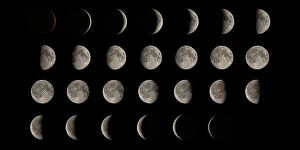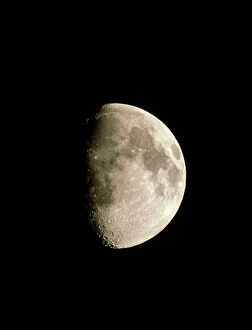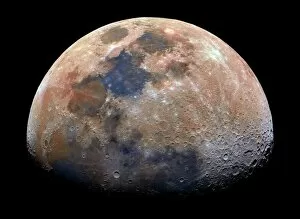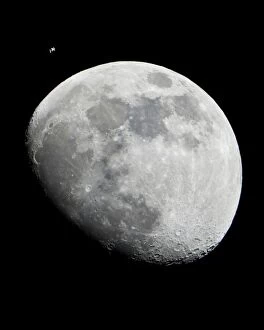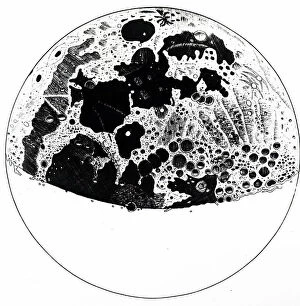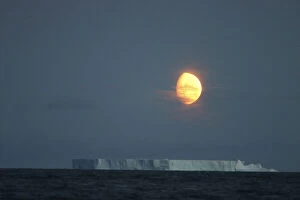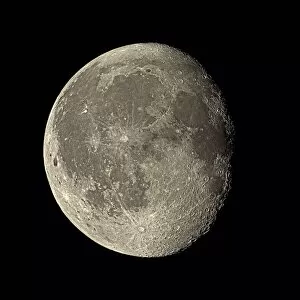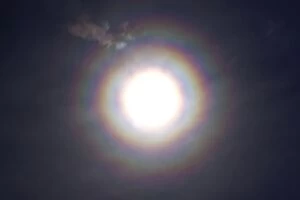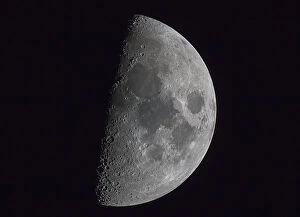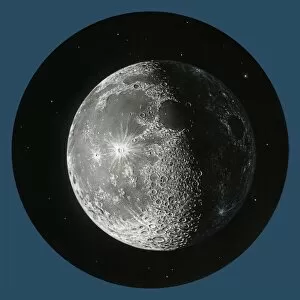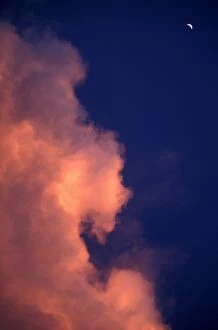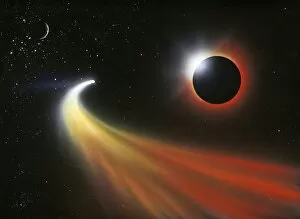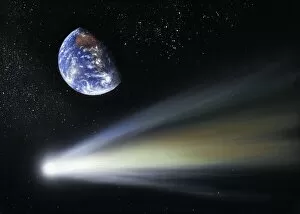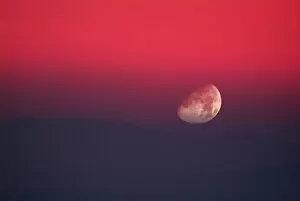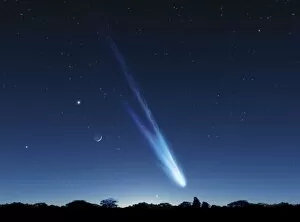Gibbous Collection
The gibbous phase of the Moon is a captivating sight that never fails to leave us in awe
For sale as Licensed Images
Choose your image, Select your licence and Download the media
The gibbous phase of the Moon is a captivating sight that never fails to leave us in awe. As we gaze up at the night sky, we are treated to various optical images of this celestial wonder. From a computer-enhanced waxing gibbous moon to an enchanting lunar corona, each view offers its own unique beauty. One such image showcases the International Space Station (ISS) gracefully passing by the waxing gibbous moon. The juxtaposition of these two celestial bodies reminds us of our place in the vastness of space. In another stunning photograph taken from Sydney, Australia, we witness the waning gibbous moon casting its gentle glow upon Earth's surface. It serves as a reminder that even during this phase when darkness begins to encroach upon its luminosity, the moon still holds immense power over our planet. Historical records also provide glimpses into humanity's fascination with the phases and surface of the Moon. In Galileo Galilei's Sidereus Nuncius (Starry Messenger), intricate pen and ink drawings depict both waxing and waning gibbous moons, showcasing his meticulous observations centuries ago. Whether it be a waxing or waning gibbous moon, each phase presents its own allure. These moments remind us to appreciate not only their aesthetic appeal but also their significance in shaping Earth's tides and illuminating our nights. So next time you find yourself gazing at a mesmerizing gibbous moon overhead or capturing its ethereal beauty through your lens, take a moment to reflect on how these celestial wonders continue to captivate and inspire us throughout history.

